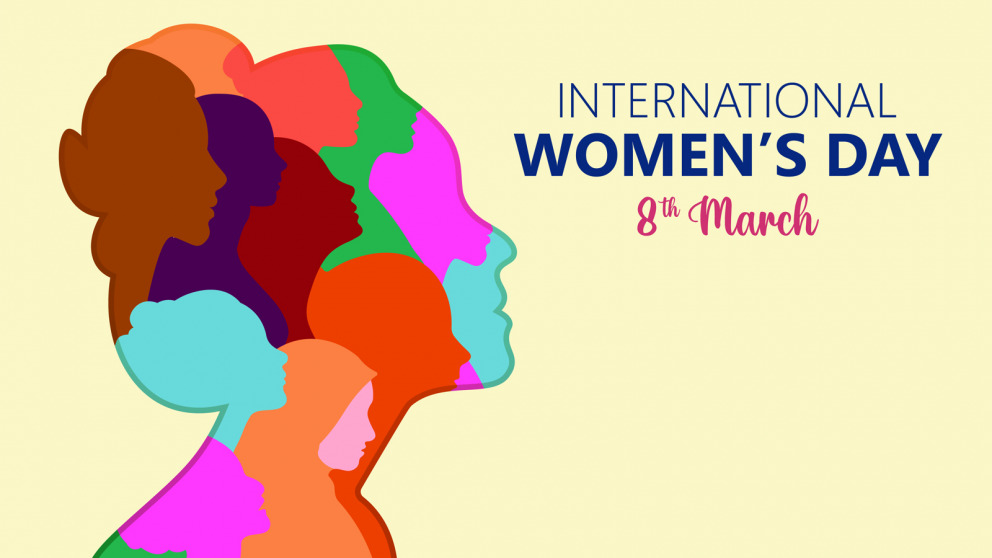Tackling the climate crisis through gender equality
08.03.2022

Today marks International Women’s Day (IWD), a global celebration of the cultural, political, and socio-economic achievements of women throughout history. IWD is an opportunity to raise awareness of women’s rights and of the importance of empowering women and working towards gender equality. The theme proposed by the United Nations for IWD 2022 is “Gender equality today for sustainable development tomorrow” and recognizes the role women play in response to climate change to build a more sustainable future for all. Along the same line, I would like to stress that nowadays addressing gender inequality and women’s empowerment represents not only a challenge, but also a unique opportunity to combat the unfolding impacts of the climate crisis. However, the question remains: is gender equality adequately accounted for within the international climate legal framework?
Before diving into the core of the discussion, I would like to draw attention to all those I like to refer to as “climate warriors”: the incredible women and girls all over the globe who are now at the forefront of the fight against the climate crisis and its catastrophic consequences. These women play a key role in leading climate change adaptation measures, shaping mitigation strategies, preserving biodiversity, advancing natural resource management knowledge, and promoting sustainable consumption within their communities. As those experiencing the deepest impacts of climate change, women have more practical and on-the-ground experience in the development of coping mechanisms in response to these challenges.
However, men and women around the world experience the adverse impacts of climate change differently due to the persistence of gender inequalities. Climate change is not gender neutral. Its impacts exacerbate women’s vulnerabilities, deepen existing gender inequalities and result in gender-based violence. Women currently constitute 70% of the world’s poor and are more dependent on the natural resources which climate change jeopardizes the most. On average, women make up 43% of the agricultural labor force in “developing countries”, and around 50% in East and South-East Asia and Sub-Saharan Africa. Women’s contribution to the agricultural sector guarantees food security through agricultural production, preservation of biodiversity, food processing, and ensuring good nutrition.
Nevertheless, women’s engagement in climate decision-making processes is limited both at the national and international levels. Gender imbalance in climate discussions and negotiations hinders the development of a comprehensive and holistic response to the unfolding climate emergency. Moreover, the lack of meaningful participation and representation of women around the UNFCCC mechanisms does not reflect the UN's stated aims of achieving gender balance and advancing gender-sensitive climate policy (2021 Gender Composition Report). The failure of Parties to earnestly pursue gender-responsive climate policies is telling and suggests that many are yet to fully commit to empowering women within climate action.
Despite the initial disregard for gender issues within the international climate legal framework, the Parties to the UNFCCC have sought to address the existing gap over the years by adopting more than 80 decisions. Efforts to improve gender equality and develop gender-responsive climate policies in all UNFCCC processes started in 2001 at COP 7, when the first stand-alone decision on gender balance in UNFCCC bodies was adopted. Since then, gender equality and women’s empowerment have been a catalyst of several decisions adopted over the last twenty years, aiming at encapsulating gender and women’s rights within the UNFCCC regime. Crucially, following COP 18, gender was added as a standing item on the COP agenda in 2012; COP 20 subsequently launched the two-year Lima Work Programme on Gender (LWPG) to promote gender sensitivity in developing and implementing climate policy and gender balance in UNFCCC bodies. Due to the lack of progresses, COP 23 marked the adoption of the first Climate Change Gender Action Plan (GAP) “to strengthen the integration of gender considerations within the work of UNFCCC bodies” (2017 COP Report). More recently, COP 25 went further than its predecessors by adopting a five-year enhanced Lima Work Programme on Gender and strengthened its GAP (decision 3/CP. 25). The most salient point is the recognition of the vital role of women’s participation and leadership in UNFCCC processes and national and local-level policy in order to achieve long-term climate goals. Parties were also encouraged to appoint a national gender and climate change focal point (NGCCFP) for climate negotiations, implementation, and monitoring.
While COP 26 revealed that efforts to integrate a gender perspective into constituted body processes had stalled due to the Covid-19 pandemic and the lack of good practices to follow, the Parties committed to further elaborate on gender-sensitive climate action within their Nationally Determined Contributions (NDCs), stressing the importance of capacity-building, finance and technology for gender-specific action. Overall, efforts to put gender equality at the forefront of climate action are slowly progressing. Nevertheless, building momentum to drive the implementation of gender-responsive climate policies and strengthen women’s capacity must become a national and international priority.
